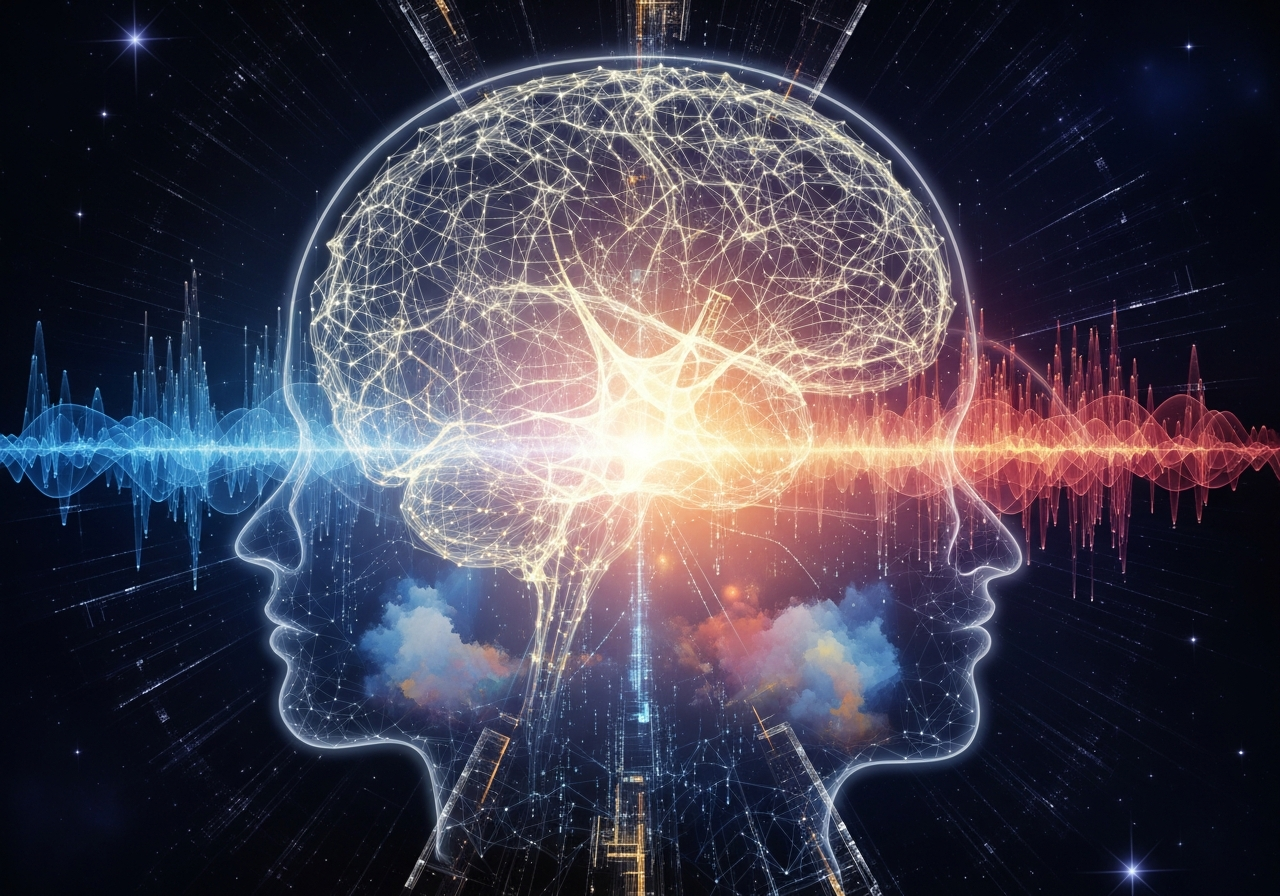Quantum Bayesianism challenges us to rethink the relationship between our beliefs and the universe. It suggests that our perceptions influence the fabric of reality, just as much as reality shapes those perceptions. This perspective bridges the gap between science and personal experience, implying that each observer crafts their unique view of existence.
Think about it: the universe as a palette, with your thoughts as the brushstrokes. In this view, our anxieties, joys, and expectations become potent participants in the cosmic dance. Imagine observing quantum phenomena not just through cold, hard metrics but through the prism of human emotion—a world where the observer’s mindset could sway outcomes like the double-slit experiment.
Bayesian probability plays a central role here, treating beliefs as evolving narratives rather than static facts. In doing so, it aligns with a personal coherence that harmonizes our inner experiences with external realities. When our beliefs resonate with the universe, everything seems in tune. Conversely, when there is discord, it manifests as disarray in both thought and reality.
This approach to quantum mechanics raises intriguing questions about collective consciousness. With everyone’s perceptions contributing to a multiplicity of realities, each unique and vital, the tapestry of existence becomes richer than any single viewpoint could convey.
While skeptics may dismiss this as mere poetic science, Quantum Bayesianism invites us to embrace our participatory role in the universe. It argues that we are not passive observers but active creators, shaping reality with our consciousness. This theory encourages us to acknowledge the power we hold in crafting our experiences and how they intersect with the grand, dynamic cosmos. As we journey through life, recognizing this interplay can lead to profound insights into who we are and the universe we inhabit.




